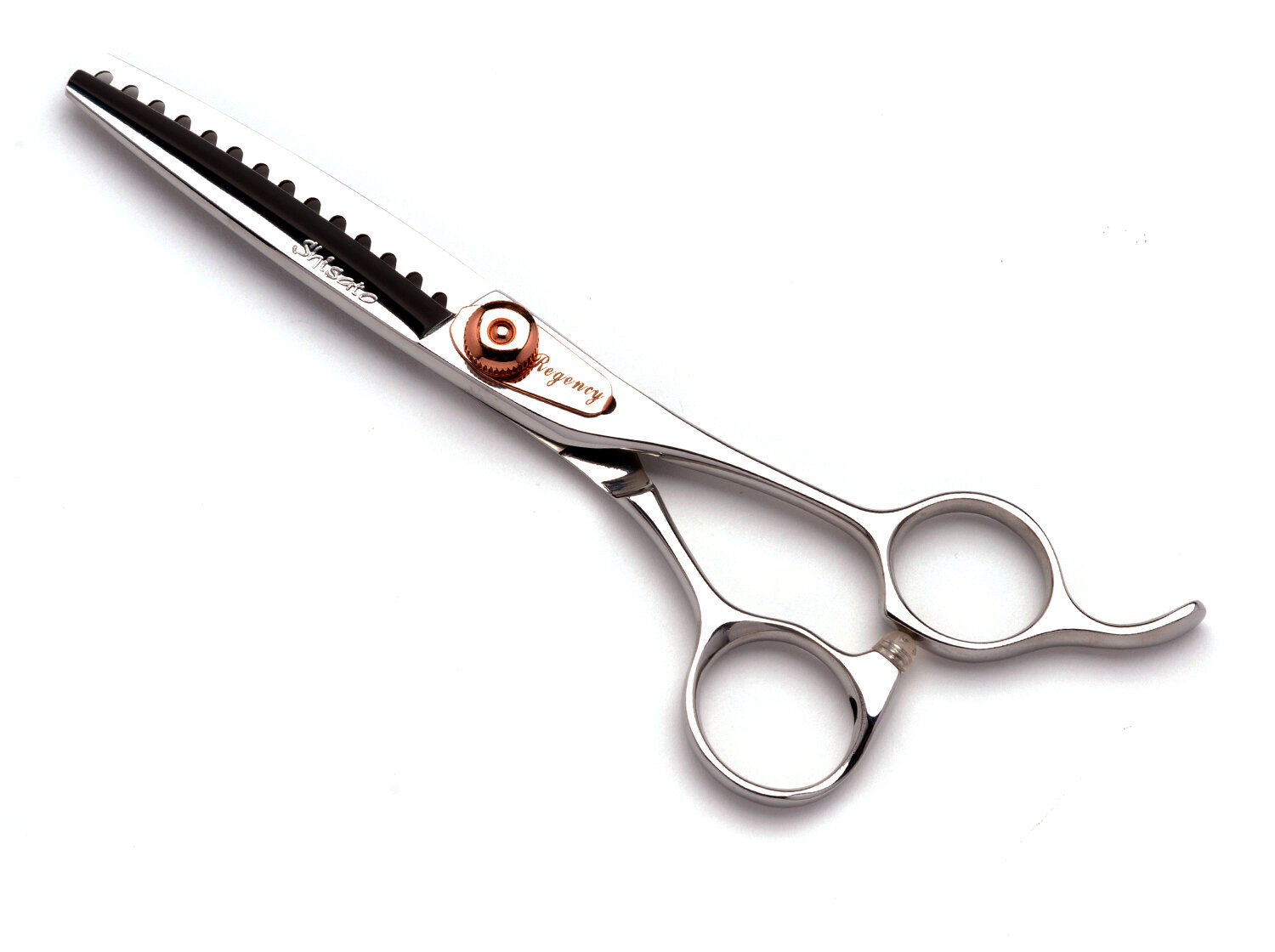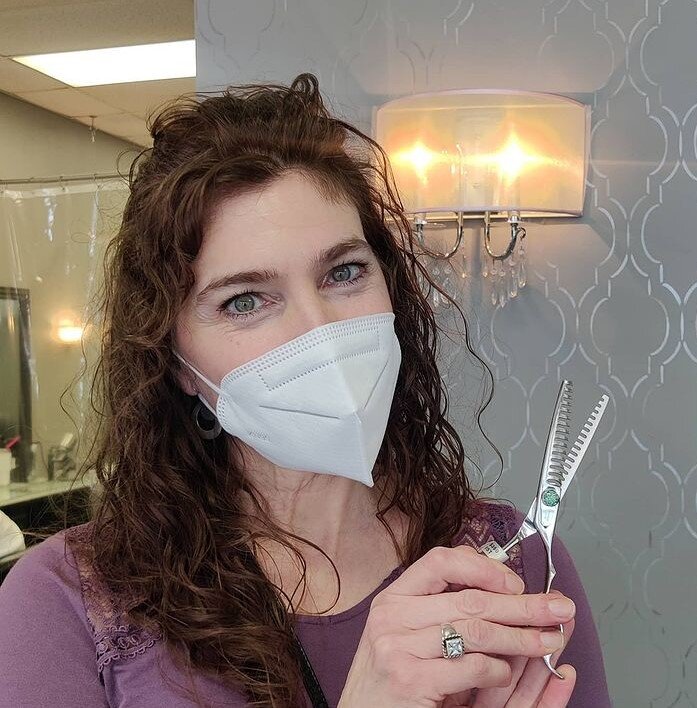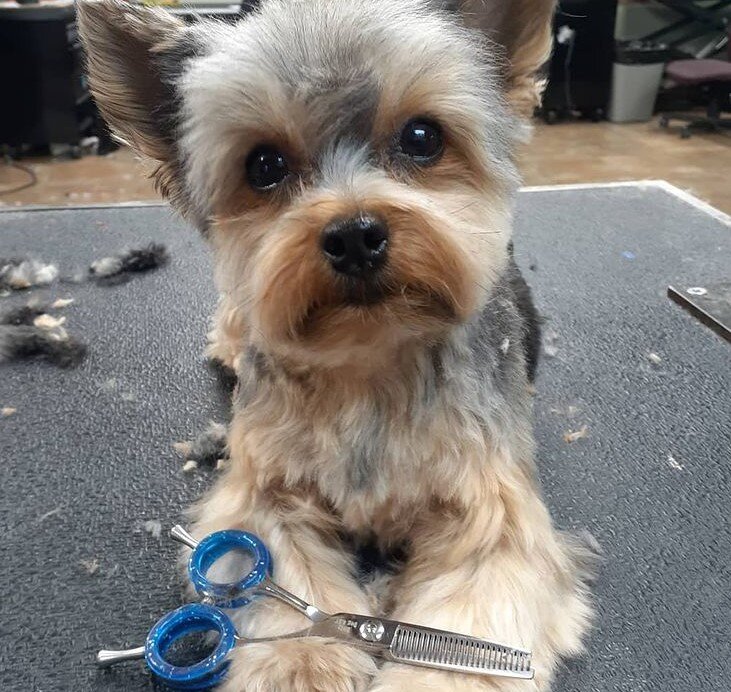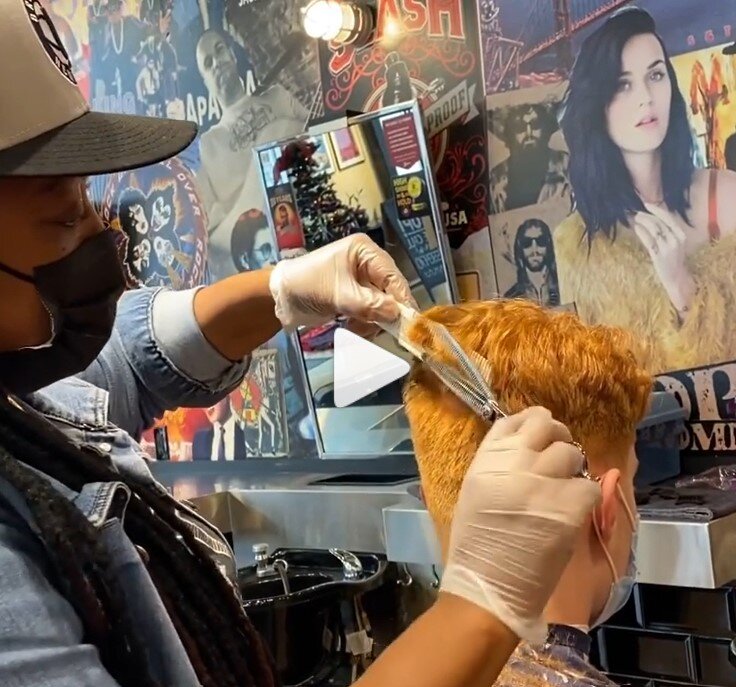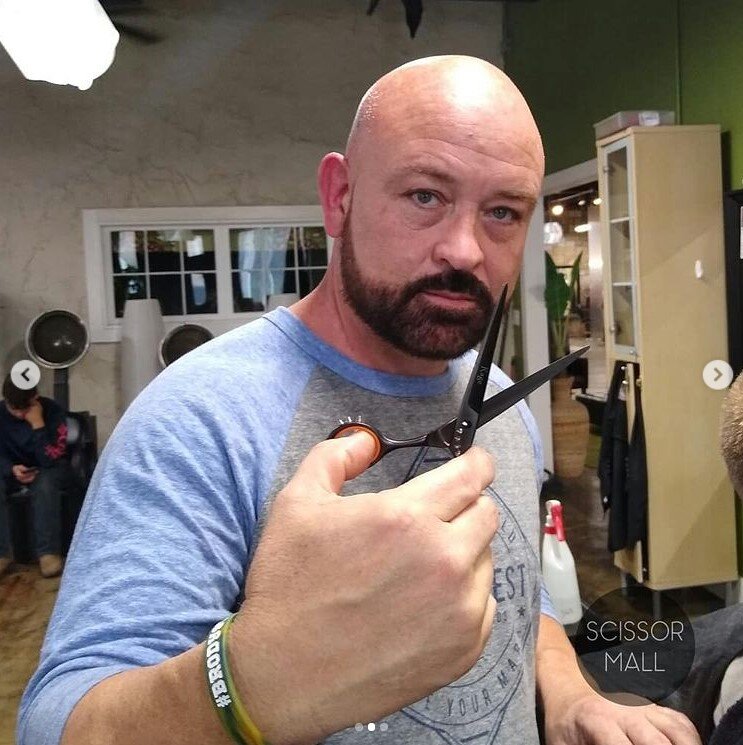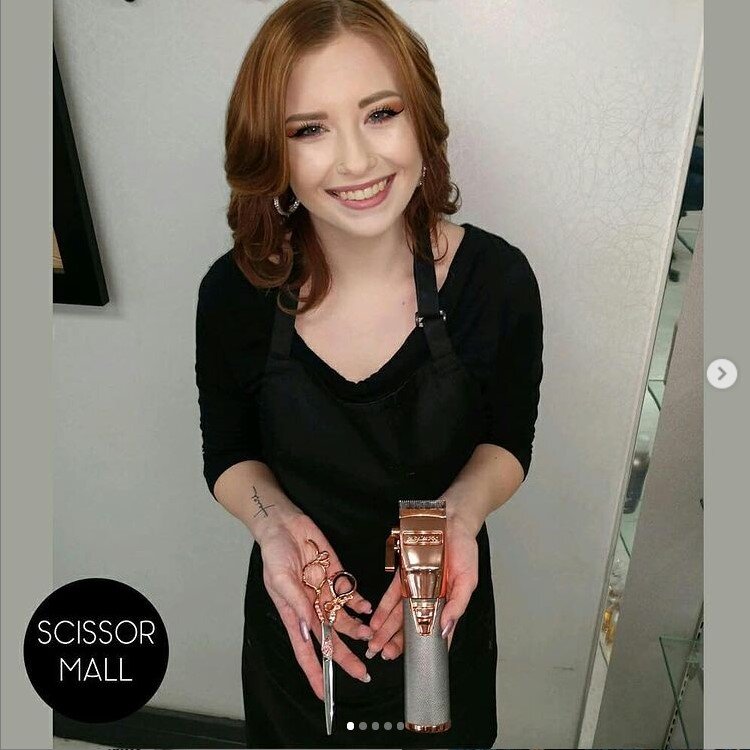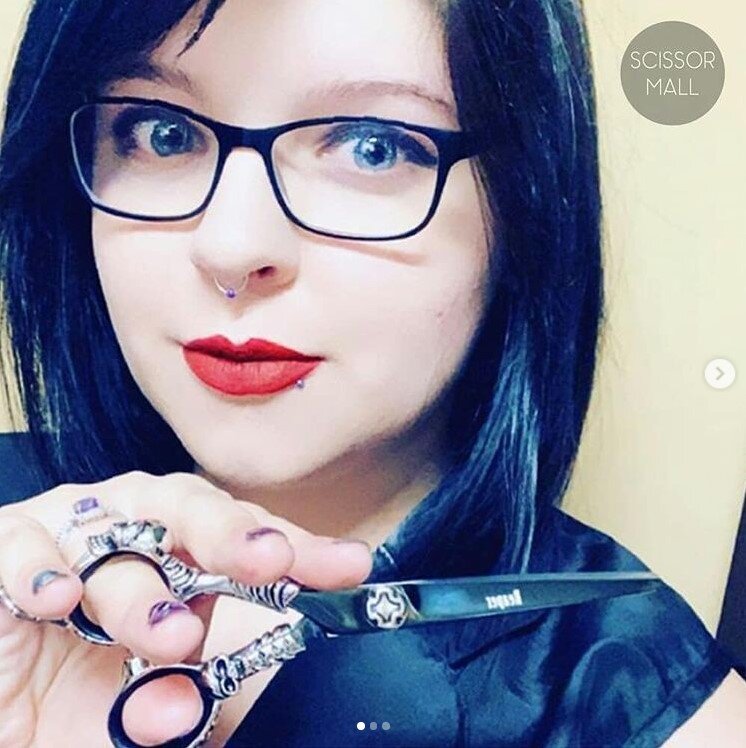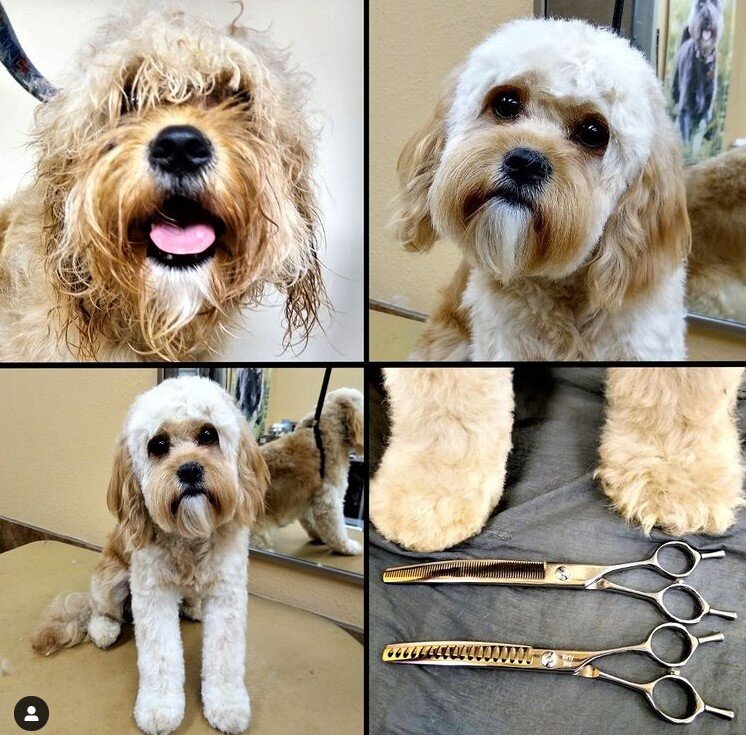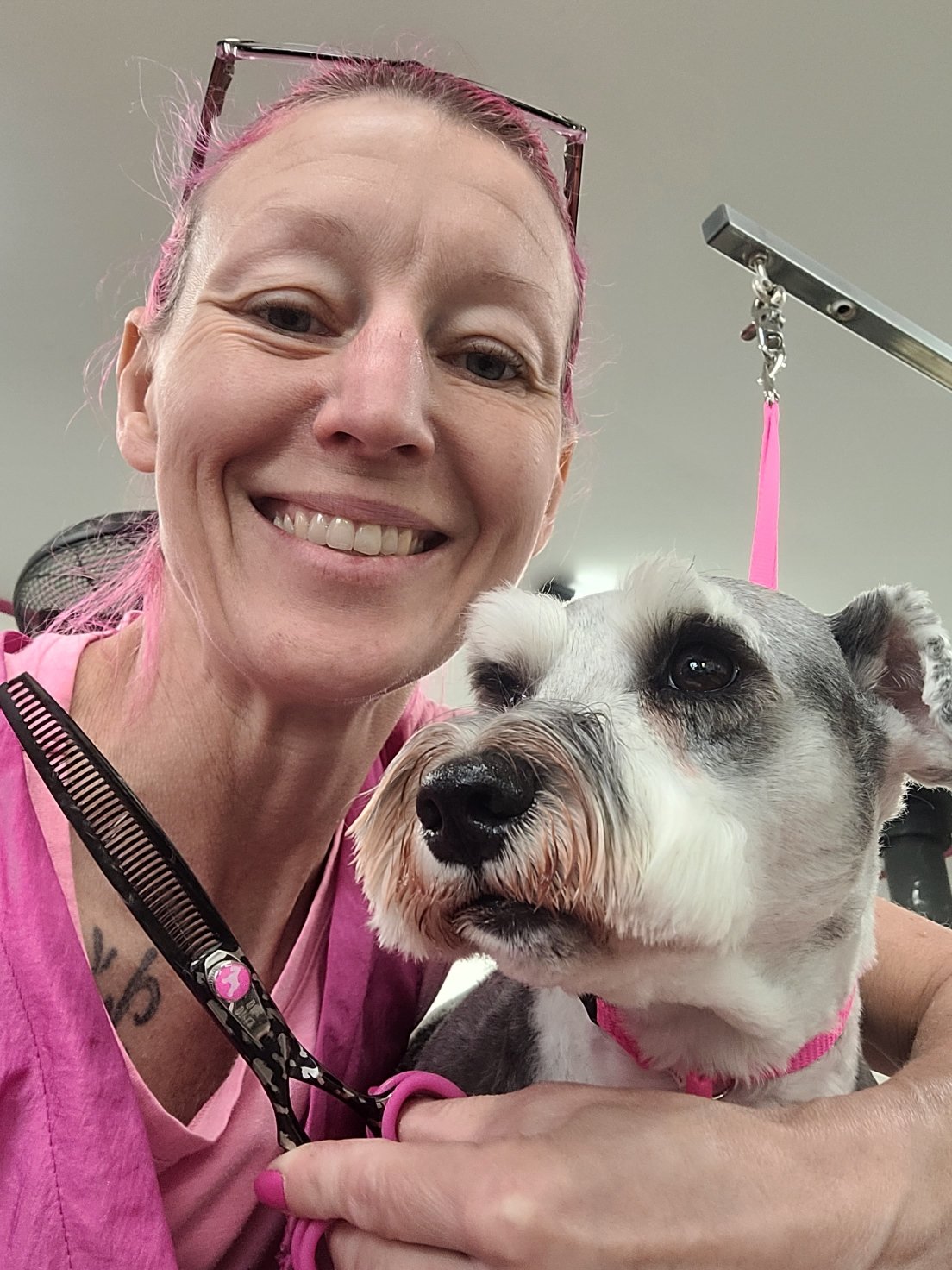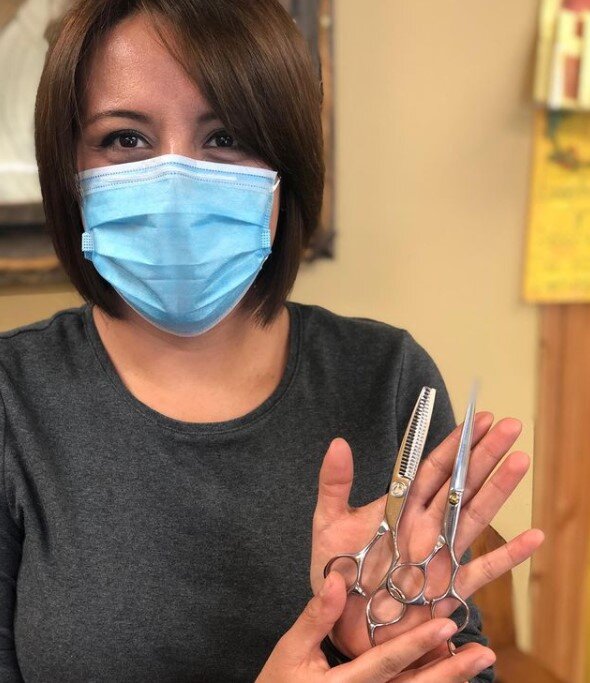Texturizing Shear Basics and Error Avoidance Tips
/For stylists looking to create volume and texture during some of their cuts, one vital type of hair shears to be familiar with is texturizing shears. Made with a greater number of teeth that are spaced further apart than thinning shears, texturizing shears are used for several themes, from feathering bangs and hair to bringing a voluminous, textured look to many different styles.
At Scissor Mall, we’re happy to offer a wide range of texturizing shears for stylists to choose from, including the Shisato Orion 1500 and several other options. In addition to providing these high-quality shears, we’re also happy to offer basic tips for any of our hair shears on simple troubleshooting and avoidance of common issues. Today’s blog will go over the general goal of texturizing shears, plus a few errors to avoid that could compromise these goals.
Goal of Texturizing Shears
As we touched on above, there could be a few different specific uses of texturizing shears for a given cut. Within each of these, though, there are some similar themes.
For one, nearly all uses of these shears involve a smooth, forceful cut required. While many such cuts may appear loose at the client’s request, they will still be precise and require both movement and forgiveness during the cut. Many compare using texturizing shears to making a basic sketch with a pencil, where you can easily see what’s being cut and shape the cut precisely.
What are some of the basic stylist errors that limit your ability to meet these goals?
Improper Grip
As many experienced stylists will tell you, the ideal grip format for texturizing shears may depend and change based on the technique being used. If you’re using certain shears that only have one-sided blades, you may be limited in your ability to change grips.
For this reason, we recommend reversible texture shears here if possible. This allows you to cut using both sides of the blade, in turn allowing for hand and body placement that are much more comfortable and convenient.
Over-Texturizing
Texturizing shears are great for adding shape and context to a cut, but there’s such thing as overdoing it here. If the trim begins too high, for instance, the hair might be too thin and textured. To avoid this sort of thing, use a wide-tooth comb and textured shears to “aim” the cut and ensure it does not begin too high.
Friction Effect
The “friction effect” is one some stylists refer to when explaining how hair can sometimes be “scratched” during the straight shear cutting process. This is usually due to cuticle damage, and will often create a frizzy effect and friction. Texturizing shears, however, limit the risk of this effect significantly, offering a softer way of performing these kinds of cuts.
For more on how texturizing shears help you avoid certain errors during the cut process, or to learn about any of our hair shears or related products, speak to the staff at Scissor Mall today.

